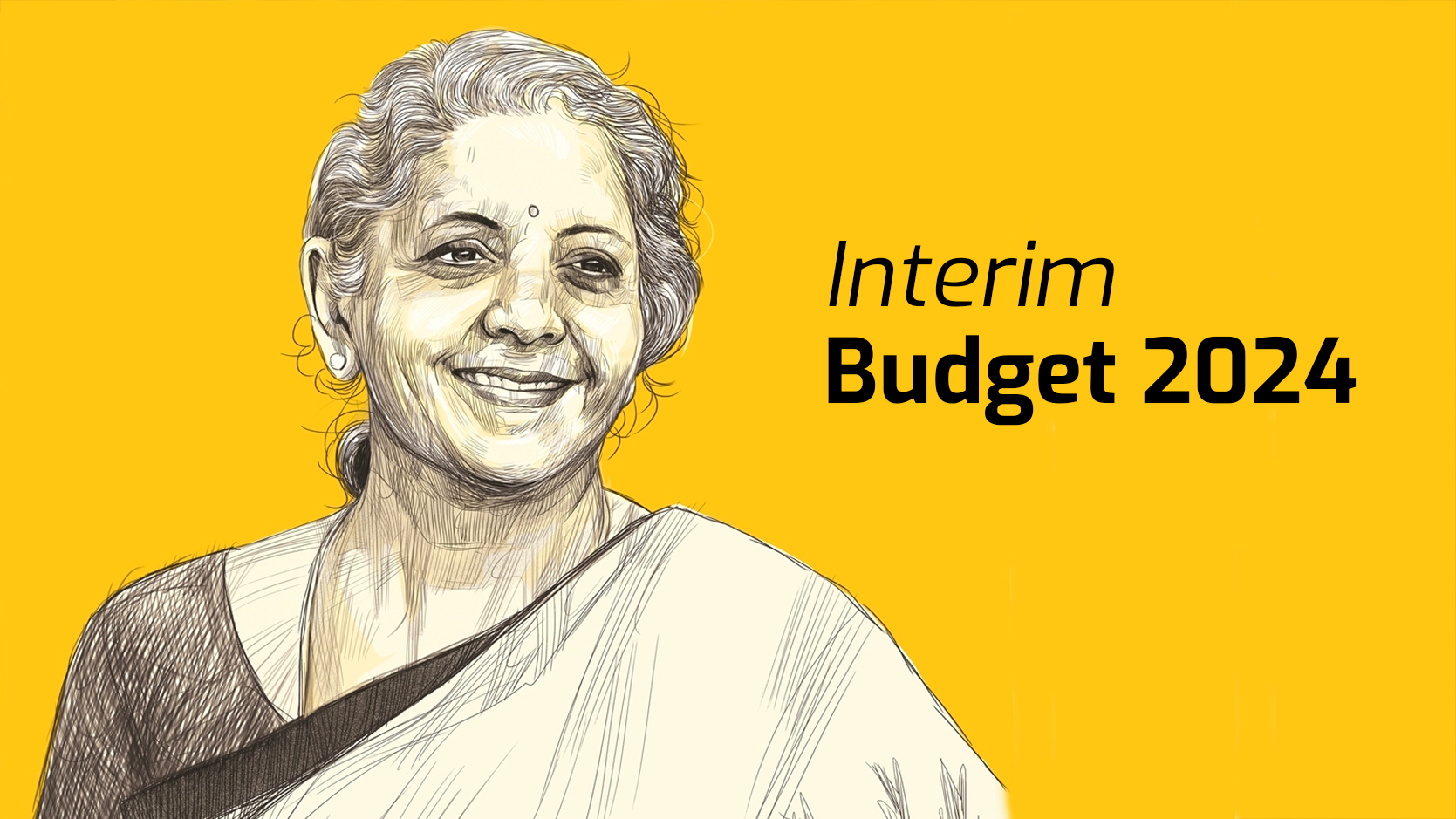Fairwork India Report & Absence of Local Living Wage for Gig Workers
What is the Gig Economy?
- A system where organizations hire workers on a temporary basis to meet specific needs.
- Popularized by platforms like Ola, Uber, Zomato, and Swiggy.
- A significant contributor to the Indian economy, with around 47% of gig work in medium-skilled jobs.
Who Are Gig Workers?
- Independent contractors, online platform workers, contract firm workers, on-call workers, and temporary workers.
- According to the Code on Social Security, 2020, gig workers are those who perform work outside of a traditional employer-employee relationship.
Size of the Gig Economy in India
- The gig workforce is estimated to grow from 7.7 million in 2020-21 to 23.5 million by 2029-30.
- India has a higher gig economy participation rate (5-12%) compared to developed economies (1-4%).
Challenges Faced by Gig Workers
- Low wages: Gig workers often earn less than traditional employees.
- Unequal gender participation: Women are underrepresented in many gig work sectors.
- Lack of upward mobility: Limited opportunities for career advancement within platforms.
- Limited benefits: Gig workers may not receive benefits like paid leaves, allowances, or provident funds.
Improving the Living Standards of Gig Workers
- Fiscal incentives: Tax breaks or startup grants for businesses employing a significant number of women gig workers.
- Retirement benefits: Offering old-age or retirement plans and insurance coverage.
- Income support: Providing assured minimum earnings and social security.
- Paid sick leave: Offering paid sick leave to workers.
Case Study: Rajasthan Platform Based Gig Workers (Registration and Welfare) Act 2023
- Establishes a board to ensure gig workers’ registration and welfare.
- Provides a platform for collective bargaining and negotiations.
- Sets up a social security fund through a fee on transactions.
Key Findings of the Fairwork India Ratings 2024 Report
- Overall ratings: No platform achieved a perfect score of 10.
- Fair Pay: Only a few platforms ensured a minimum wage after deducting work-related expenses.
- Fair Conditions: Many platforms provided safety equipment and training, but few offered accident insurance.
- Fair Contracts: Several platforms made contracts accessible and transparent.
- Fair Management: Some platforms provided mechanisms for appeals and conducted external audits.
- Fair Representation: No platform recognized collective worker bodies or unions.
Implications and Future Prospects
The report highlights the growing need for better working conditions for gig workers and calls for a balanced approach involving platform companies, government bodies, and worker collectives.
Conclusion
The gig economy is a significant part of the Indian labor market. While it offers flexible work opportunities, it also presents challenges for gig workers. Addressing these challenges requires a concerted effort from all stakeholders to ensure fair and equitable working conditions.
Demands for Ladakh’s Inclusion in the Sixth Schedule
Recently, Sonam Wangchuk, a well-known climate activist, was detained while leading a protest demanding Ladakh’s inclusion under the Sixth Schedule of the Constitution. This demand aims to provide Ladakh with greater autonomy and safeguard its unique cultural identity. Despite meeting some demands like establishing a Public Service Commission and creating two parliamentary seats, the Ministry of Home Affairs (MHA) rejected the demand for statehood and inclusion under the Sixth Schedule.
Similar demands have also emerged from Arunachal Pradesh and Manipur, focusing on protecting the ethnic identities of tribal groups under special constitutional provisions. This article delves into the historical context of the Fifth and Sixth Schedules, explores Ladakh’s demand, and evaluates the implications of Sixth Schedule inclusion.
Historical Background of Fifth and Sixth Schedules
Asymmetrical Federalism
- India follows an asymmetrical federal structure, where some states and regions enjoy greater autonomy than others. This is distinct from federations like the United States or Australia, where all states possess equal powers.
- The Fifth and Sixth Schedules were introduced to cater to regions with unique ethnic compositions, particularly tribal areas.
Key Differences
- Fifth Schedule: Applies to scheduled areas across 10 states. Tribal Advisory Councils (TACs) advise on tribal welfare.
- Sixth Schedule: Applies to tribal areas in Assam, Meghalaya, Mizoram, and Tripura with greater autonomy through Autonomous District Councils (ADCs).
Colonial Influence
- The origins of these schedules date back to British colonial rule. Tribal populations maintained autonomy until British policies, especially the forest laws, encroached on their rights. This led to tribal uprisings such as the Kol Rebellion (1831-32) and the Santhal Revolt (1855).
- The Government of India Act, 1935, introduced ‘excluded’ and ‘partially excluded’ areas, which influenced the creation of the Fifth and Sixth Schedules post-independence.
Understanding the Sixth Schedule
- The Sixth Schedule grants greater autonomy to tribal regions by allowing ADCs to manage local resources, law, and customs. ADCs can legislate on land use, inheritance laws, and collect local taxes, with their laws often superseding state legislation, pending approval by the Governor.
Northeastern Protections
- Several northeastern states enjoy protections under Part XXI (Articles 371A-H) of the Constitution, further ensuring autonomy over cultural practices, local laws, and development.
Ladakh’s Demand for Inclusion in the Sixth Schedule
Ladakh, a newly formed Union Territory post the Jammu and Kashmir Reorganisation Act, 2019, demands Sixth Schedule status due to several concerns:
- Political Representation: Unlike Jammu & Kashmir, Ladakh lacks a legislative assembly, leaving administration in the hands of bureaucrats.
- Local Employment: The absence of a Public Service Commission and lack of employment policies for Ladakh’s youth are significant concerns.
- Cultural Identity: Sixth Schedule inclusion could safeguard the cultural identity of Ladakh’s indigenous groups like Gujjars, Changpas, and Baltis.
- Fragile Ecosystem: Environmental activists argue for greater autonomy to protect Ladakh’s glaciers, high-altitude deserts, and alpine meadows from mining and industrialization.
- Domicile Policy: Ladakh’s exclusion from Jammu & Kashmir’s new domicile policy has heightened the demand for Sixth Schedule protection.
Advantages of Sixth Schedule Inclusion
- Democratic Devolution: ADCs enable local governance with legislative, judicial, and administrative powers.
- Protection of Tribal Land Rights: Ensures tribal communities control land use and manage natural resources.
- Cultural Preservation: Safeguards local languages and customs, as seen with the protection of the Bodo language.
- Economic Development: Enhanced financial grants through Finance Commission recommendations ensure sustainable development.
Issues with the Sixth Schedule
Despite its merits, the Sixth Schedule has limitations:
- Limited Geographical Coverage: It excludes numerous tribal communities across India.
- Decentralization Issues: In practice, power is often concentrated in the hands of a few elites.
- Financial Dependence: Autonomous councils remain financially dependent on state governments.
- Corruption: There have been cases of corruption and financial mismanagement in some councils.
- Delays in Reforms: The delay in passing the 125th Constitutional Amendment Bill has hindered greater empowerment of ADCs.
Way Forward
- Village Councils: Establish elected village councils accountable to Gram Sabhas.
- Regular Elections: Ensure fair elections to reduce the dominance of tribal elites.
- Women and Minority Representation: Adequate representation of women and ethnic minorities in autonomous councils.
- Expand Geographical Coverage: Include more tribal-dominated regions, such as Ladakh, under the Sixth Schedule.
- Transparency: Improve transparency in the functioning of ADCs to foster better governance.
Conclusion
The demand for Ladakh’s inclusion in the Sixth Schedule reflects broader aspirations for autonomy, cultural preservation, and sustainable development. Addressing these demands requires constitutional amendments, political will, and a focus on inclusive governance to ensure equitable development for all tribal communities across India.
PRELIMS IN-BRIEF BI-WEEKLY
INDIAN HERITAGE AND CULTURE
Kalleshwar Temple
- It is a Hindu temple located in the town of Bagali in the Davangere district of Karnataka.
- It is one of the oldest temples in the region and is dedicated to Lord Shiva.
- The construction spans the rule of two Kannada dynasties: the Rashtrakuta Dynasty in the mid-10th century, and the Western Chalukya Empire during the reign of King Tailapa II around 987 AD.
Architecture:
- The temple is a single shrine construction with an adjoining hall (mantapa).
- It consists of a sanctum, an antechamber (antarala), and a gathering hall (sabhamantapa), followed by a main hall (mukhamantapa).
- The Shikara (tower) is an example of early Cholan architecture.
- It houses a large Shivalinga, believed to be over a thousand years old.
- The temple is protected as a monument of national importance by the Archaeological Survey of India.
INDIAN HISTORY
Doddalathur Megalithic Site
- A team from the University of Mysore has begun excavating megalithic burial sites in Chamarajanagar district, Karnataka.
- Location: Doddalathur village, Hanur taluk, Chamarajanagar district, Karnataka, in the Male Mahadeshwara Hill ranges.
- Discovery: Identified by C. Krishnamurti of the Archaeological Survey of India in 1961.
- Period: The site corresponds to the Iron Age, between 1200 BC and 300 CE.
- Significance: Contains hundreds of intact megalithic burials, characterized by large boulder circles.
GEOGRAPHY
Swell Waves
- Swell waves are long-wavelength waves that form on the surface of the sea and travel long distances.
- They occur due to distant storms, such as hurricanes or long periods of gale winds.
- Swell waves organize into groups with similar heights and travel without significant change, unlike wind-generated waves.
- They can travel thousands of kilometers and are often a result of energy transferred from air to water during storms.
Features:
- Swells have a more defined shape and direction than locally generated waves.
- They can propagate in different directions from the wind’s direction.
- Swell wavelengths can vary from 150 m to more than 700 m during severe storms.
- India’s Swell Surge Forecast System, launched by INCOIS in 2020, gives seven-day forewarning.
Mount Adams
- Mount Adams is a stratovolcano in Washington State, USA.
- It stands at 12,277 feet (3,742 meters) and is the largest active volcano in Washington by volume.
- The Mount Adams volcanic field covers a 1,250 sq. km area with over 120 smaller volcanoes.
- It supports over 10 glaciers that provide water to the surrounding ecosystem.
- The most recent eruption occurred between 3,800 and 7,600 years ago.
What is a Stratovolcano?
- Stratovolcanoes, also known as composite volcanoes, are tall, steep, and cone-shaped.
- They are formed by successive layers of ash and lava.
- Stratovolcanoes occur at tectonic plate margins and are the most common type of volcano (~60%).
- Approximately 85% of them are located around the Pacific Ocean’s “Ring of Fire.”
Auroras
- Auroras are natural light displays in the Earth’s sky, commonly seen in high-latitude regions like the Arctic and Antarctic.
- They are caused by the interaction of solar wind particles with Earth’s atmosphere.
- Auroras form dynamic patterns of light, including curtains, rays, and spirals.
Aurora Borealis (Northern Lights):
- Occurs in the northern hemisphere near the Arctic Circle, in countries like Norway, Sweden, and Canada.
- Charged particles from the sun interact with Earth’s magnetosphere, creating colorful light displays (mainly green, red, and purple).
Saryu River
- The Saryu River flows through Uttarakhand and Uttar Pradesh, India, and is mentioned in the Vedas and Ramayana.
- It originates in the Himalayas and joins the Sharada River at Pancheshwar on the India-Nepal border.
- It is referred to as the Sarayu while flowing through Ayodhya, the birthplace of Lord Rama.
- The banks of the Sarayu in Ayodhya are important for religious rituals.
Chaukhamba Peak
- Chaukhamba is a four-summit mountain massif located in Uttarakhand, India, part of the Garhwal Himalayas.
- The highest peak, Chaukhamba I, stands at 7,138 meters and towers over the Gangotri Glacier.
Mount Dhaulagiri
- Mount Dhaulagiri is the seventh-highest mountain in the world at 8,167 meters (26,795 feet).
- Located in Nepal, it is one of the “eight-thousanders” (mountains over 8,000 meters above sea level).
- Its name means “white mountain,” and it is known for its challenging terrain and unpredictable weather conditions.
- The first successful ascent was by a Swiss team led by Max Eiselin in 1960.
Indian Heritage and Culture
Kalleshwar Temple
- Located in Bagali, Karnataka, dedicated to Lord Shiva.
- Constructed during the reigns of Rashtrakuta and Western Chalukya dynasties (10th century).
- Known for early Chola-style architecture with a large Shivalinga.
Doddalathur Megalithic Site
- Excavation of Iron Age burial sites in Karnataka, dated between 1200 BC to 300 CE.
Geography
Swell Waves
Swells are long wavelength waves formed due to distant storms, traveling long distances before reaching the shore. They are characterized by their organized wave patterns and can be up to 150 meters in length.
Mount Adams
A stratovolcano located in Washington State, U.S., with a height of 12,277 feet. It is the largest volcano by volume in Washington and last erupted between 3,800 and 7,600 years ago.
Polity
E-Migrate Portal
- An online platform for managing Indian workers migrating abroad.
- Provides services like information access, document management, helpline support, and job opportunities.
- Partnership with Common Service Centers for rural accessibility.
Katkari Tribe
- A primitive tribe from Maharashtra, also known as Kathodis, due to their traditional occupation of Katha making.
- They are one of India’s Particularly Vulnerable Tribal Groups (PVTGs).





